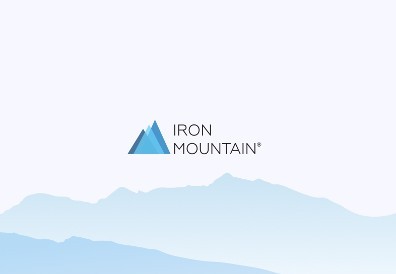How this commercial bank cleared the path to a transformed workplace
As organisations place more emphasis on the workplace as part of their strategy to win the talent war, they are investing heavily in workplace transformation projects to create modern, paper-lite offices.

A Clean Start
How this commercial bank cleared the path to a transformed workplace
Industry
Banking
Challenge
Assess and address a commercial bank’s physical information assets in order to enable their workplace transformation goal of reducing the real estate footprint in their office from three floors to one and a half.
Value
- Decreased real estate costs by over USD$450,000 annually by reducing onsite storage of files and other information assets.
- Maintained compliance with records retention policies, record codes and retention dates through consistent, accurate use of metadata standards.
- Reduced risk and improved compliance position by identifying and securely destroying all eligible records beyond their active lifecycle.
The power — and pull — of the modern office
The office has progressed beyond the physical space where work happens. The workforce expects more from their offices, and employees want to work in engaging, tech-enabled and amenity-rich environments. As organisations place more emphasis on the workplace as part of their strategy to win the talent war, they are investing heavily in workplace transformation projects to create modern, paper-lite offices.
Real estate professionals are expected to provide transformed workspaces that will not only help their organisations attract and retain top talent, but will also support an innovative, productive mindset. They are asked to create this competitive advantage and manage their portfolios in areas where square footage is at a premium.
Filing cabinets full of inactive documents, shoes and holiday decorations have no place in a transformed office space. Neither does the keep-everything mentality that often exists with information. But how do you get rid of those decades’ worth of paper files? How do you convince their owners to relinquish them and change their poor information management habits? What do you do with all the physical assets you don’t want and can’t take with you to a new space? How do you enable a more digital way of working?
Catching up to the digital workplace
While the main focus of a workplace transformation project is typically to modernise a physical space, it can also serve as a trigger event to digitise outdated, paper-heavy information processes. With a global initiative to work more digitally, this commercial bank saw an opportunity to incorporate digitisation into their latest transformation project.
The Director of Corporate Services for this commercial bank said, “The digital workspace was the first thing. We knew we had to adopt it and our technology was ready for it, but we had to figure out how to get there.” This commercial bank's office occupied three floors at 8,918 total square metres. They required to address the surfeit of physical information assets with the goal of reducing the office footprint from three floors to one and a half, eliminating half their workspace.
Cutting that much square footage is never an easy task, but the space conundrum was further complicated by having occupied those same three floors for many years. There were decades’ worth of files to go through, but many of those files no longer had an owner.
Related resources
View More Resources
From tape to cloud to GenAI

Risks: It’s time to take control
 Premium
Premium